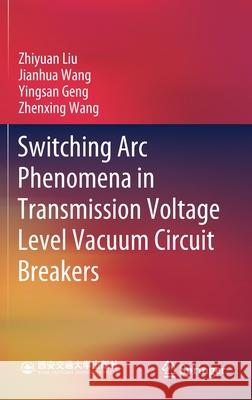Switching ARC Phenomena in Transmission Voltage Level Vacuum Circuit Breakers » książka
topmenu
Switching ARC Phenomena in Transmission Voltage Level Vacuum Circuit Breakers
ISBN-13: 9789811613975 / Angielski / Twarda / 2021 / 421 str.
Kategorie:
Kategorie BISAC:
Wydawca:
Springer
Język:
Angielski
ISBN-13:
9789811613975
Rok wydania:
2021
Wydanie:
2021
Ilość stron:
421
Waga:
0.78 kg
Wymiary:
23.39 x 15.6 x 2.54
Oprawa:
Twarda
Wolumenów:
01
Dodatkowe informacje:
Wydanie ilustrowane











